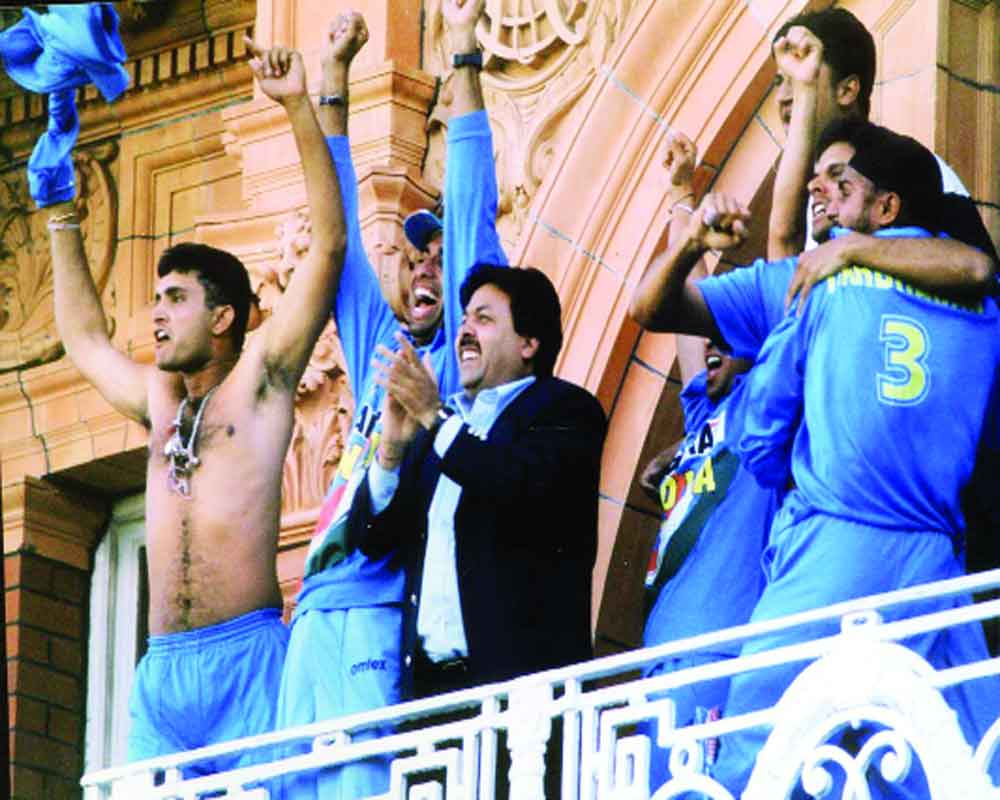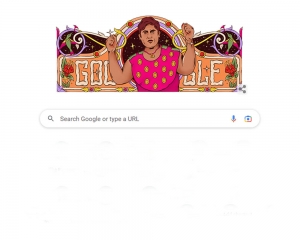Filmmaker Abhinay Deo tells Chahak Mittal that when something becomes a national obsession in a country, it directly or indirectly affects its people. And this is just what he portrays in his next, Doosra
It’s July 13, 2002, Lord’s Cricket Ground, London. India is batting in the last over against England. There is immense pressure all around as the team is chasing a steep total of 326 against a formidable bowling attack by England. There wasn’t any Sachin Tendulkar or Rahul Dravid on the batting pitch. As Zaheer Khan hit the final two runs in the Natwest Series final, sealing the first ODI series win in England for India in a historic run chase, a new India was born. It also meant newcomers Yuvraj Singh and Mohammad Kaif had proven their mettle. There were tears of joy in people’s eyes. And Sourav Ganguly, the then captain, took off his jersey and he couldn’t stop spinning it in the air — a moment that has got engraved in every Indian cricket lover’s mind. India had won its first victory on English soil against their former colonisers after 1947 — in a stunning, nail-biting match.
It’s this historic victory that director Abhinay Deo recalls in his forthcoming film Doosra: India’s Other Freedom Struggle. The film does not just represent the India side’s victory but both the “Indian and cricket side of it.”
He says that the idea came from Masha and Rohan Sajdeh, a Chicago-based Indian couple. “Rohan, who has played cricket in Australia, elaborated on how India, as a country, has changed between 1991 to 2002. The one line idea of the film was that if in 1947, India had got political freedom, in 1991 we had got our economic freedom through liberalisation of trade, and then, 2002 was the year when we actually got an attitudinal and emotional freedom. It was because, as they stood at Lords in London, in a manner of speaking, they were standing up against the ‘Raj’ of 200 years. What was most important was that there was the statement and feeling of freedom,” says he.
It wasn’t just a match, he says, as cricket became an emotion for the people of India since the event was a turning point for the country as a whole, after which it became aspirational, self-reliant and free of the Western domination. “Even after independence of our country, we were never free from this concept of the ‘White Man.’ We always had an inferiority complex. That was the day when we felt that isey hatao yaar (put this away). It was the feeling that actually ‘Indians have arrived’.”
The film examines this transition of the country through Tara (played by Plabita Borthakur), a small town girl living in an orthodox family in Jodhpur, who fights for her sexual identity and against the patriarchal norms. The real footage of the 2002 match and Tara’s fictional story have been interwoven to depict two tales of freedom that take place simultaneously. As the trailer also showcases live footage and comments from cricket commentator Harsha Bhogle, journalist Rajdeep Sardesai and politician Shashi Tharoor, Abhinay tells us that the film has a combination of both real footage of those who have spoken about India in the past as well as some comments that were specially shot for the film.
“At that time, many had written our country off from the international terrain — both economically and politically. But with this achievement, we made a U-turn. We thought we should show this story through a protagonist to reflect how it affected the common man in India,” says he.
It was with his friend Angello Dias, “one of the brightest advertising minds ever,” that Abhinay could add the element of the girl in their film, which connected reality with fiction. It’s like a seamless travel from her story to the reality of 2002 as the two run parallel.
While India has received and learnt a number of sports from abroad like tennis, soccer and even badminton, but cricket, which came from England, he says, became our favourite since it involved a large group of people, “it’s not just a sport in India, but a community, an emotion.”
The Delhi Belly director believes that anything that becomes a national obsession for a country, “in some way or the other, affects its people. So why not cricket?”
So why the title Doosra? Well, it is a cricketing term for a particular type of delivery by an off-spin bowler. The doosra or ‘the other one’ is spun in the opposite direction to an off break, and is aimed to confuse the batsman into playing a poor shot. So when bowler Harbhajan Singh was bowling, the ball hit the other side of the stumps rather than the one it was pretended to be aimed at. “The trick. And hence, the title. There are a number of contrasts which determine this word. First, we believe that this was the other freedom struggle of India after 1947. Second, two stories placed parallel to each other. Third, the new India, the second India,” he explains.
Abhinay has never shied away from giving the audience a new track or story to follow through his films, which are way out of the league as compared to other commercial cinema. Naturally one wonders, how does he conceptualise the plots as he doesn’t follow a fixed formula. “Whatever appeals to my heart as a filmmaker, a thinker and a creative person, I follow that. For me, the biggest thing is that I believe in the gut feeling. When it says that I should be doing this or I want to take up this challenge, I will do it and go for it. So when I listen to something and think that I could give a part of my life in telling this story, I definitely invest my time and energy in telling it. I just don’t want to keep repeating things. What’s the point of it after all? I just question myself, ‘Am I pushing the limit?’”
While the scenario of films and their content has also evolved with time in the Hindi cinema, he says, that more than creating an impact, films should be made in a way that they stay with the audience. He adds, “Filmmakers should not create movies only for entertainment. They will remain with them only for a week or so. We should be making films which are for posterity, which are there and give you some thing again and again. For example, Doosra is about freedom and India’s history. So, it has so many layers to it that even if you watch it again after five years from now, you’d find something new. And that is the most important part. And I think our audience is also ready. Today, they are looking for content.” Surely, he has a thing for creating two disparate worlds that are different yet interwoven into each other. His Blackmail is another example of this idea. “I like layered stuff. There should be something that the audience can unravel gradually,” says he.
A portrayal of a country’s history and a well-known incident surely needs a lot of research. Abhinay says that a tremendous amount has been done for the film as “it involved our country’s history. I couldn’t have been frivolous. The facts have to be portrayed realistically. Especially when it is such an important point that is being talked about.”
Well, even today, he believes that if the country wins the WorldCup 2019, it will be a “Deja Vu” for the people as it will be again a victory on the British soil against the Britishers.


























